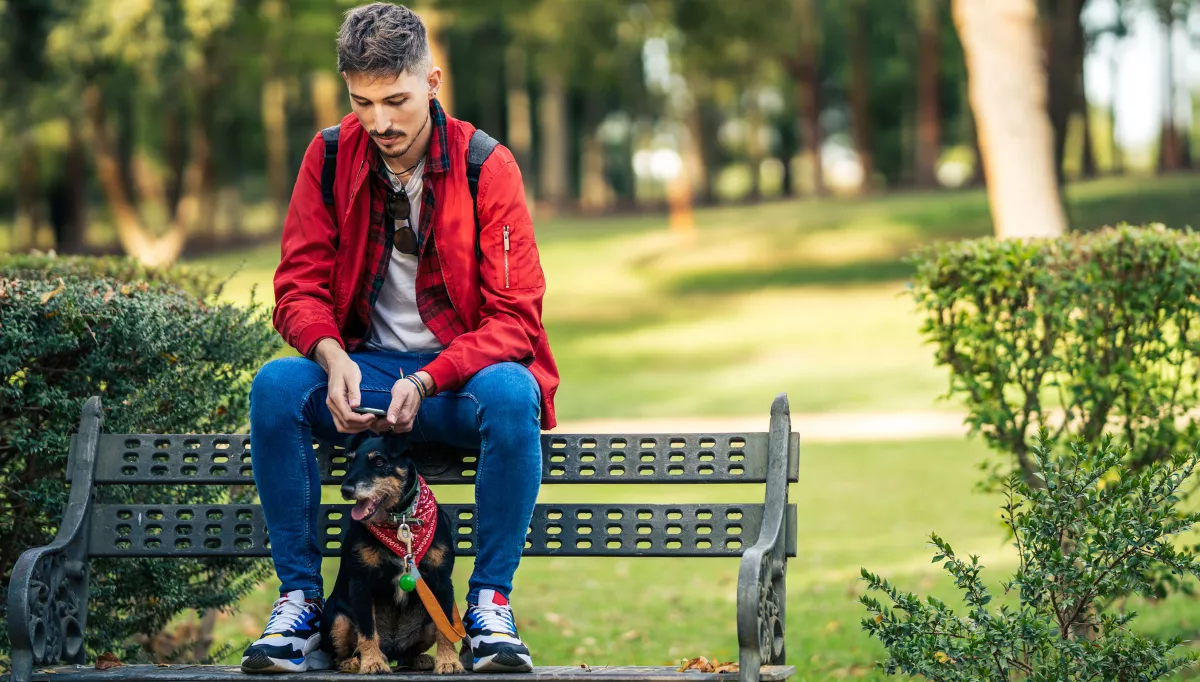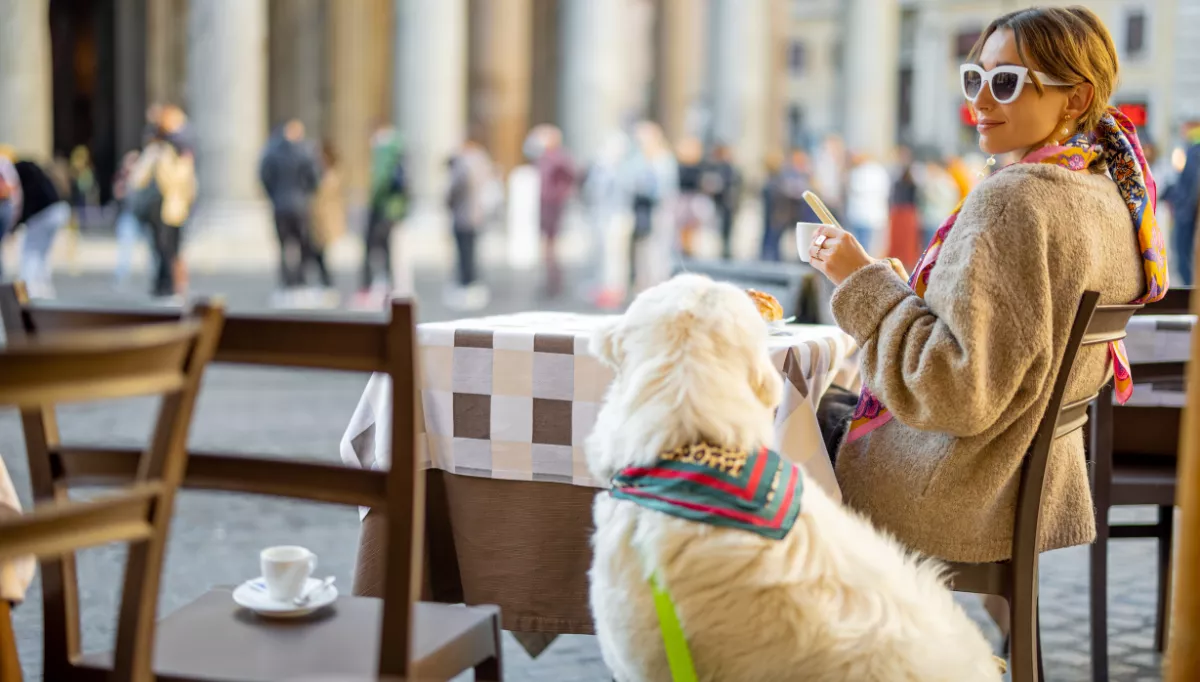Socialising my Adult Dog; Why isn’t it Working?


Many people hope to better socialise their dog later in their life. This could be for a few reasons:
- Your dog was born during lockdown, when walks were limited
- You have rescued an adult dog
- Your dog was poorly as a puppy, so in and out of vets instead of playing
- You didn’t know what you were ‘supposed to do’ with your puppy, so are trying to play catch up now
This article aims to explain why socialisation isn’t actually possible now, but to also explain what is, and how you can reach your goals with your dog using something else.
Let’s look at the terms I’ll be using.
What Are Socialisation and Habituation?
Socialisation is the process of exposing a puppy to a wide variety of people, animals, sights, sounds, and environments in a positive way; watching busy high streets, dogs playing, children’s playgrounds, and more. This early exposure helps puppies form positive associations and navigate their world confidently as adults.
During a puppy’s ‘Socialisation Window’, which typically lasts from 3 to about 14 weeks of age, their brain is like a sponge, soaking up new experiences and building lasting connections. Experiences during this time can help dogs become more adaptable, friendly, and curious.
(If this is the stage your puppy is in, take a look at Green Paw's Guide to Puppy Socialisation for a complete guide)
Habituation, on the other hand, is the process of learning to ignore unimportant stimuli after repeated exposure. This doesn’t require positive interactions but rather repeated, neutral exposures over time. For example, if you move to a new house near a railway line, your dog may initially get up or respond every time a train passes. However, as nothing ever happens alongside the noise, your dog will become habituated to it, and just ignore the trains passing with time.
While socialisation sets the foundation for a confident adult dog, habituation can be used throughout a dog’s life to help them adjust to things they find new or initially unsettling, such as traffic noise or household sounds.
Is Habituation just Socialisation for dogs and puppies over 14-weeks then?
Socialisation is about creating positive connections and a realistic world view. Habituation is about becoming indifferent to things that don’t need a response. Both are beneficial, but they’re neurologically distinct processes with different outcomes.
After the socialisation window closes, older puppies and adult dogs still learn from new experiences, but they won’t form the same lasting deep-down ‘this is how the world is’ comfort if those experiences come later. Instead, habituation, becoming comfortable through repeated exposure, takes over. For example, if a puppy wasn’t exposed to other dogs during this early stage, even frequent, positive encounters later may not make them fully relaxed around other dogs.
This can be particularly obvious in some rescue dogs. If your rescue dog seems nervous of everything, even just generally being outside, this is very likely to them not experiencing the world in any useful way before they were 14-weeks. They may have been kept outside in a pen or inside in a crate throughout this critical window. Habituation is the start of you helping them understand the world.
How to use Habituation
For older dogs or those who missed the socialisation window, habituation can help them become more comfortable with their surroundings. Here’s how you can apply it:
Be patient: Habituation is a gradual process, particularly for older dogs. Consistent, gentle exposure over weeks can help create lasting indifference.
Choose somewhere predictable: Choose familiar settings with minimal surprises. Habituation works best when the experience is predictable and controlled.
Start with neutral exposure: Begin by exposing your dog to the new stimulus (such as traffic, people in hats, or busy areas) at a comfortable distance where they don’t feel the need to react. Take a book and a flask and settle in for a little while. You can chat to your dog, but avoid cues and instruction; you’re simply allowing them to observe. If they can’t relax, you’re too close and haven’t found your ‘neutral’ exposure yet, so try somewhere else.
Gradually increase exposure: Over time, slowly reduce the distance to the stimulus. By allowing the dog to experience it repeatedly without a negative outcome, they learn that the presence of the stimulus doesn’t require a response from them.
This way, you can habituate your adult dog to something they previously considered worrying or exciting. This process is also known as ‘desensitisation’, so if you see this term, you can follow the same process.
Final Thoughts
Socialisation and habituation both play a role in your dog’s ability to navigate their world confidently. Understanding the difference between them helps you provide the best support for your dog at any age. Socialisation is a fixed period in a young puppy's life, setting them up for positive relationships and confidence. For older dogs, habituation can be an effective tool to help them grow accustomed to the sights, sounds, and experiences they may encounter.
